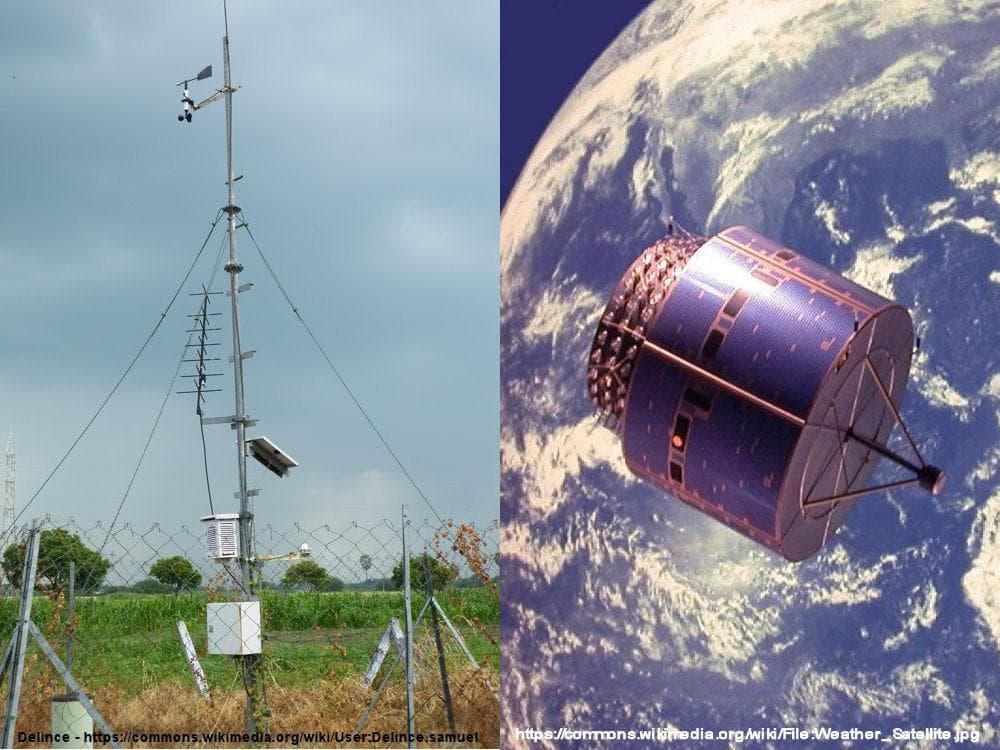Several aspects of government-funded climate science appear both curious and disturbing. The current level of government funding of climate science is certainly adequate to support rigorous scientific investigation, data gathering and data analysis. Regrettably, it is not doing so uniformly, comprehensively and consistently. That situation cannot be allowed to persist if we are to significantly expand our understanding of the earth’s climate; and, of our potential impact on that climate.
The current concern regarding climate change is based on two principal factors: temperature change and sea level rise. Therefore, the two foundational focuses of climate research should be accurate temperature measurement and accurate measurement of the rate of sea level rise. However, it appears that unjustified precision in reporting results is given greater priority than accuracy of physical measurement.
Near-surface temperature anomaly calculations are produced by multiple agencies, all using subsets of the same suspect data but differing approaches to “adjusting” that data; and, in some cases, “infilling” missing data. Tropospheric temperature anomaly calculations are also produced by multiple agencies, using the same data from the same satellites. There is a complex physical relationship between the tropospheric temperatures and the near-surface temperatures, but there appears to be little effort to understand this relationship, though that understanding appears to be critical to a thorough understanding of earth’s climate.
Sea level rise is measured directly at numerous locations along the sea shore, as well as from satellites. The rate of sea level rise reported from the satellite observations is approximately twice the rate measured by the shore-based instruments. The satellites and the shore-based instruments are measuring the rate of sea level rise of the same oceans, though the satellites measure virtually the entire ocean surfaces, rather than just the levels at the shore. It is important to know which, if either, of these measurements is correct.
Also, the concern for the future of climate change is based on numerous unverified models, which are used to generate potential future temperature scenarios based on uncertain input factors, which are then used in other unverified models to generate potential future extreme weather, crop failure, disease, habitat loss and species extinction scenarios. Climate science would do well to focus on verifying one model with one set of accurate input conditions; and, then determining its predictive abilities.
